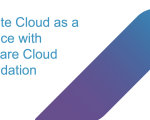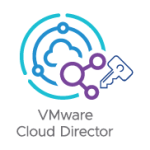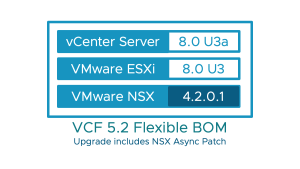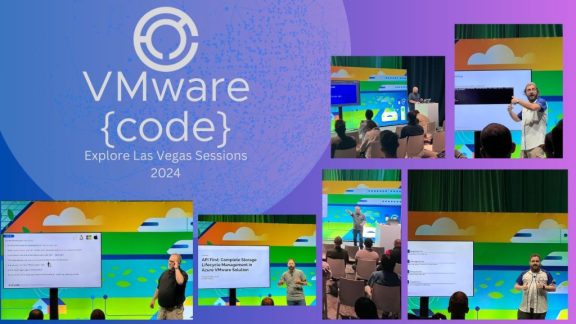
We are thrilled to introduce the enhanced VMware Private Cloud Maturity Model to our VMware Cloud Service Providers (VCSPs). This revamped model is part of our streamlined service offering, where we’ve dramatically reduced complexity by consolidating over 8,000 product SKUs into two core solutions designed for scalability and resilience—key components for any enterprise.
Our offerings now include:
- VMware Cloud Foundation (VCF) – a comprehensive, subscription-based private cloud platform, delivering a full stack that encompasses computing, storage, networking, management, support, and automation features.
- VMware vSphere Foundation : A more focused solution for those not yet prepared for a full-stack VCF implementation, combining computing with essential automation and administrative functionalities suitable for medium-scale environments.
Please note that vSphere Foundation is not available for our VMware Cloud Service Providers, however the Private Cloud Maturity model is a multi-purpose tool for differing Routes to Market, hence it is included here.
This simplification has greatly facilitated product monitoring and lifecycle management, particularly benefiting our VCSP partners who manage a wide array of services on VMware Cloud Foundation.
For VCSPs, the VCF offering opens doors to not only serve current clients but also to attract new ones by extending the platform’s capabilities, including modern application services, developer-ready resources, private hosting, and sovereign-compliant cloud solutions.
The timing of this development is impeccable. According to the Flexera State of the Cloud Report – 2024 – we see that VMware (vSphere) based private clouds are becoming more essential to the Enterprises that have a hybrid/multi cloud approach. What’s interesting is the growth rate – 28% increase YoY from 2023.!! This clearly indicates the momentum associated with Private Cloud.
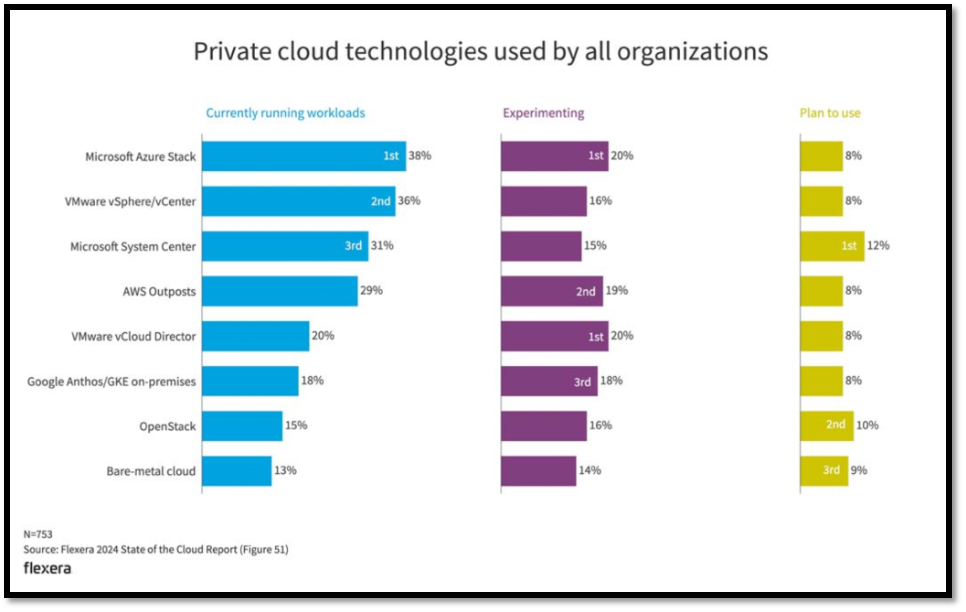
Coming to Small / Medium Businesses (SMB) the adoption of VMware stack is at its peak, with a 25% uptake.
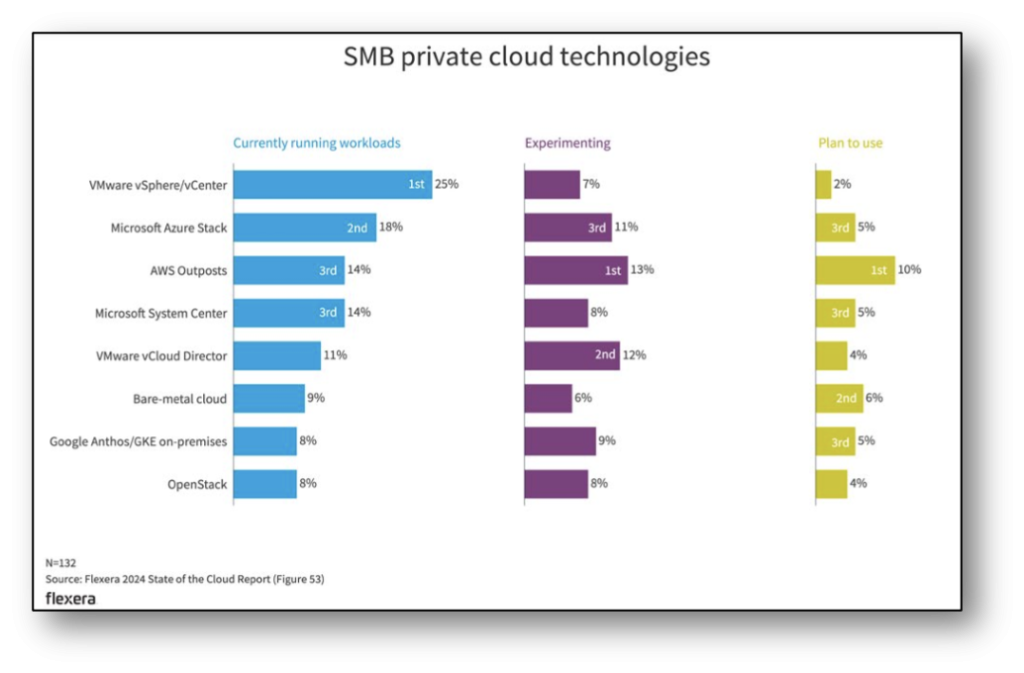
Nevertheless, the private cloud is just one aspect of a broader picture. Public cloud adoption is equally crucial within an organization’s multi-cloud strategy. This strategy is central to nearly all businesses that have embraced cloud technologies, with “Cloud Spend Optimization” and “Workload Migration to Cloud” being the primary drivers of cloud initiatives.
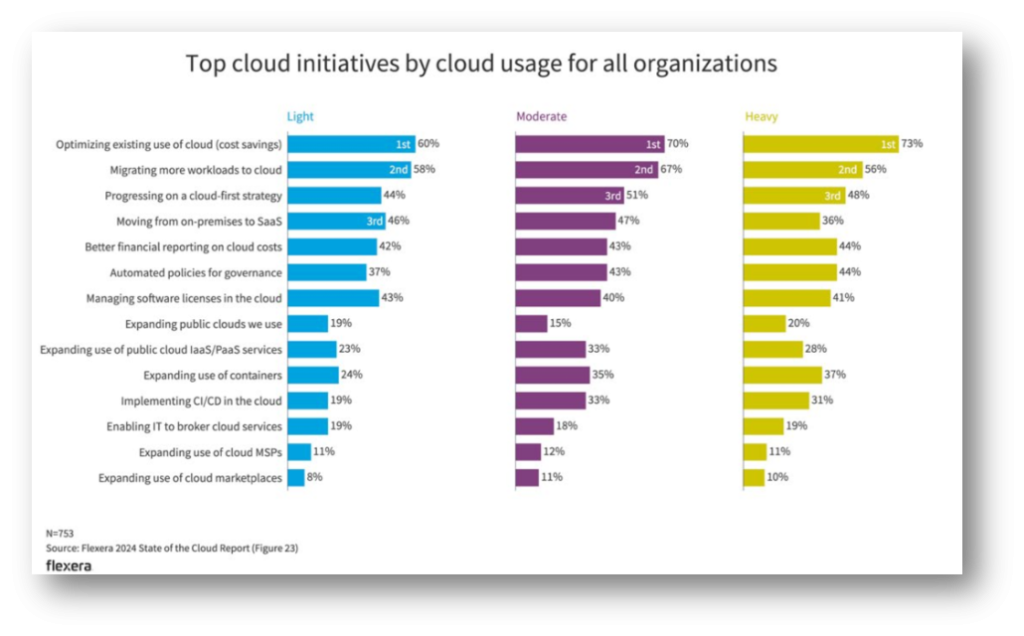
Organization must have a clear vision for their future needs and requirements. A cloud strategy that not only supports current business operations, but is also adaptable to the long term objectives and the evolving cloud landscape is essential.
Crafting such a strategy involves developing a sustainable cloud architecture that aligns with the business’ long term vision.
This is where the expertise of VCSPs become invaluable. With extensive experience in assisting a diverse range of customers at various stages of maturity. This collective experience can guide customer organizations in formulating a robust and sustainable cloud strategy to propel business success.
Having an approach to private cloud is the first step to build a hybrid strategy. And in this regard we built the Private Cloud Maturity model to help our customers to self assess and identify their cloud maturity and also our VCSPs to help build cloud strategies for their customers depending on their level of cloud maturity.
The model provides insights into current performance and guidance for future growth, establishing benchmarks to measure progress. It is a valuable resource for teams and managers to:
- Gauge their advancement
- Set realistic KPIs and improvement targets that align with their business strategy
The cloud maturity model evaluates seven key areas, ranging from high-level business vision to specific security and compliance concerns, across five levels of maturity: Low, Medium Low, Medium, Medium High, and High.
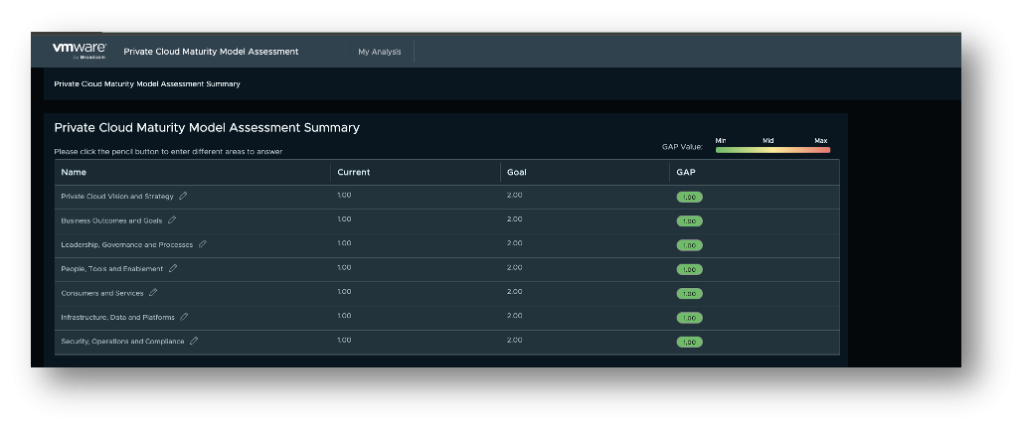
Starting from:
- Vision & Strategy – Evaluating organizational culture, executive sponsorship, and barriers to define a clear direction.
- Business Goals – assessing the ability to budget, set KPIs, and describe departmental usage.
- Leadership & Governance – Reviewing data sovereignty, private cloud adoption, SLAs, and compliance standards.
- People, Tools & Enablement –
Analyzing IT organization structure, skill sets, enablement strategies, and familiarity with tools and IT practices. - Consumers & Services – Understanding the prioritization of cloud services and IT management tools required.
- Infrastructure & Data Platforms – Gauging self-service and infrastructure automation capabilities, compliance, and management scale.
- Security Operations & Compliance –
Measuring the organization’s approach to network security management, controls, guardrails, and application policy and lifecycle management.
For a practical demonstration, check out our walkthrough on how to utilize this tool, access reports, save analyses, and more.
We believe this tool will significantly aid businesses in navigating their cloud journey. Your feedback is invaluable to us as we strive to provide better tools and content to help you succeed in the cloud.
Please share your thoughts through the ‘feedback’ option in the tool or by leaving a reply below.
The post VMware Private Cloud Maturity Model for VMware Cloud Service Providers appeared first on VMware Cloud Provider Blog.

